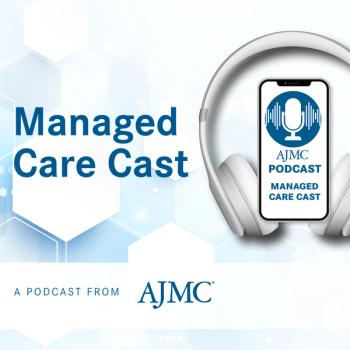
Structural Differences Between US and International Drug Pricing: Eleanor Perfetto, PhD
Eleanor Perfetto, PhD, explores how most favored nation policy relates to broader drug pricing and cost-effectiveness debates in the US.
Building off of the first part of this interview, in which she breaks down
Perfetto consults with patient organizations and with pharmaceutical companies, helping them wade through the patient experience data that are key to their decision-making processes.
This transcript was lightly edited for clarity; captions were auto-generated.
Transcript
How does the US approach to drug pricing and cost-effectiveness differ from other countries?
Let's take a step back for a minute. Number one, you've got to remember that it's not just the drug prices that are higher in the United States. Health care in general is much higher in the United States. Doctors’ visits, hospitalizations, all of those things are higher. Relatively speaking, it's all the same thing that we're talking about. We need to keep that in mind. That we need to bring down the prices across the board, because it's true for everything that we're paying for in health care, and that's one of the serious problems that we have.
The other is that you have to kind of also step back from this idea of cost-effectiveness and what it is and how it gets implemented. In other countries, they have a government organization that looks at cost-effectiveness analyses, either that they do themselves or that a company is required to submit to them, and they look at the cost-effectiveness data and they incorporate that into their decision-making. They have certain thresholds that the results have to meet or not meet in order to be able to be paid for by that country. Whether or not it meets those thresholds and whether or not the government will agree to pay for it will make or break a product in that country. It may not be sold because there cannot be agreement between the country's cost-effectiveness body, the health technology assessment body that makes these decisions, and the company that it's dealing with. They look at those cost-effectiveness analyses to determine access in that country.
Inside the United States we don't have a body that does that. We have no organization in the government that does that. While it's been talked about or tried in the past, it's always been shut down because there's always been some kind of technical, operational, methodological, or just political problem with it, and so it hasn't been very popular in the United States. We've gone as far as to say that we have legislation in place that says that the results of a cost-effectiveness analysis cannot be used in certain ways by the government in the United States.
Newsletter
Stay ahead of policy, cost, and value—subscribe to AJMC for expert insights at the intersection of clinical care and health economics.









































